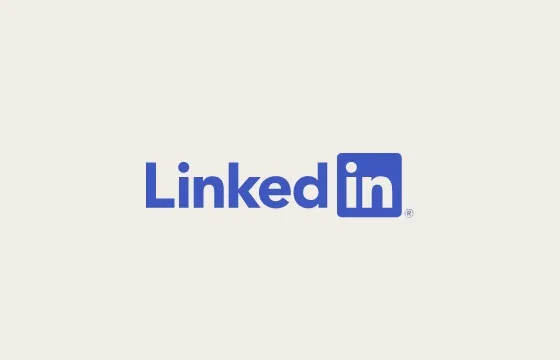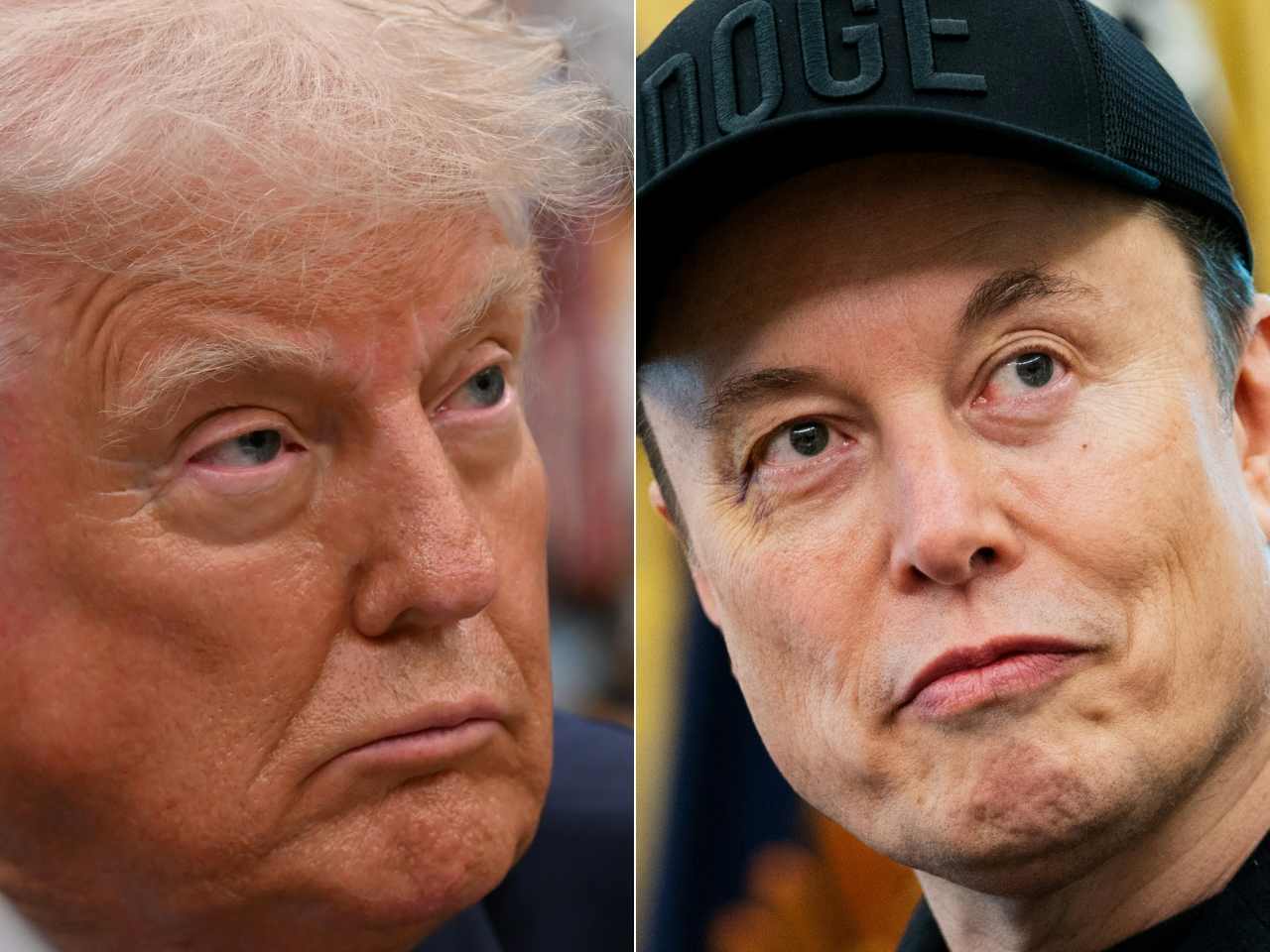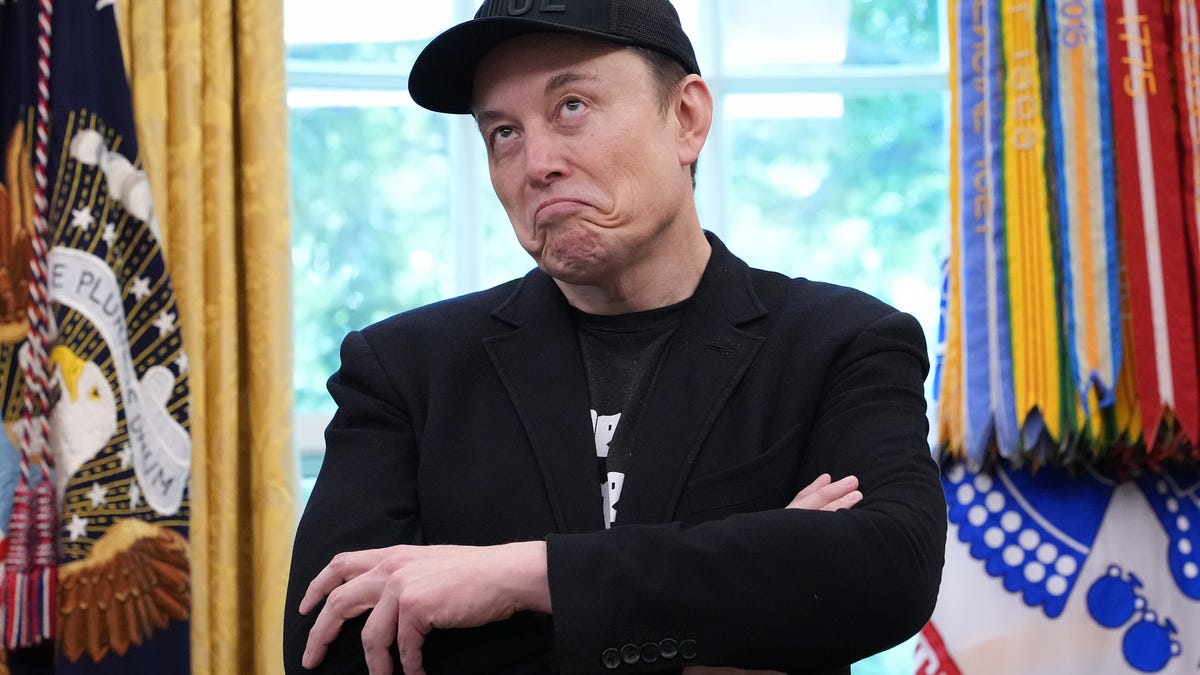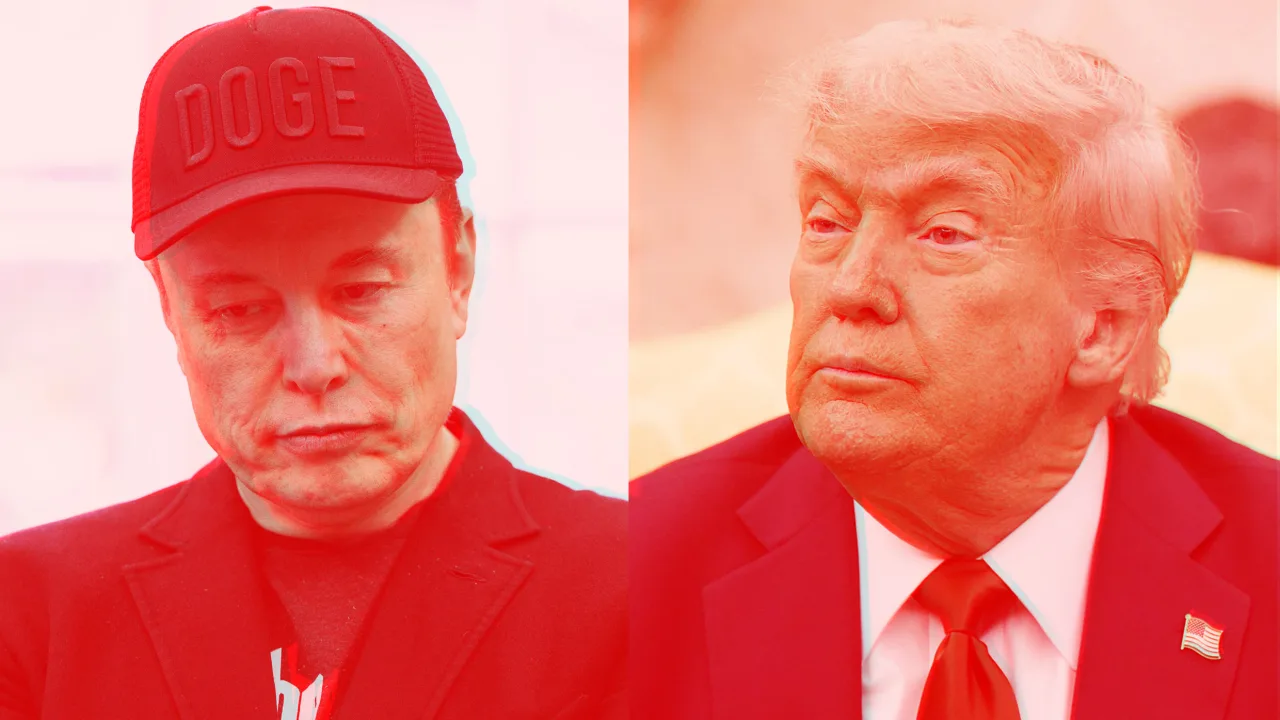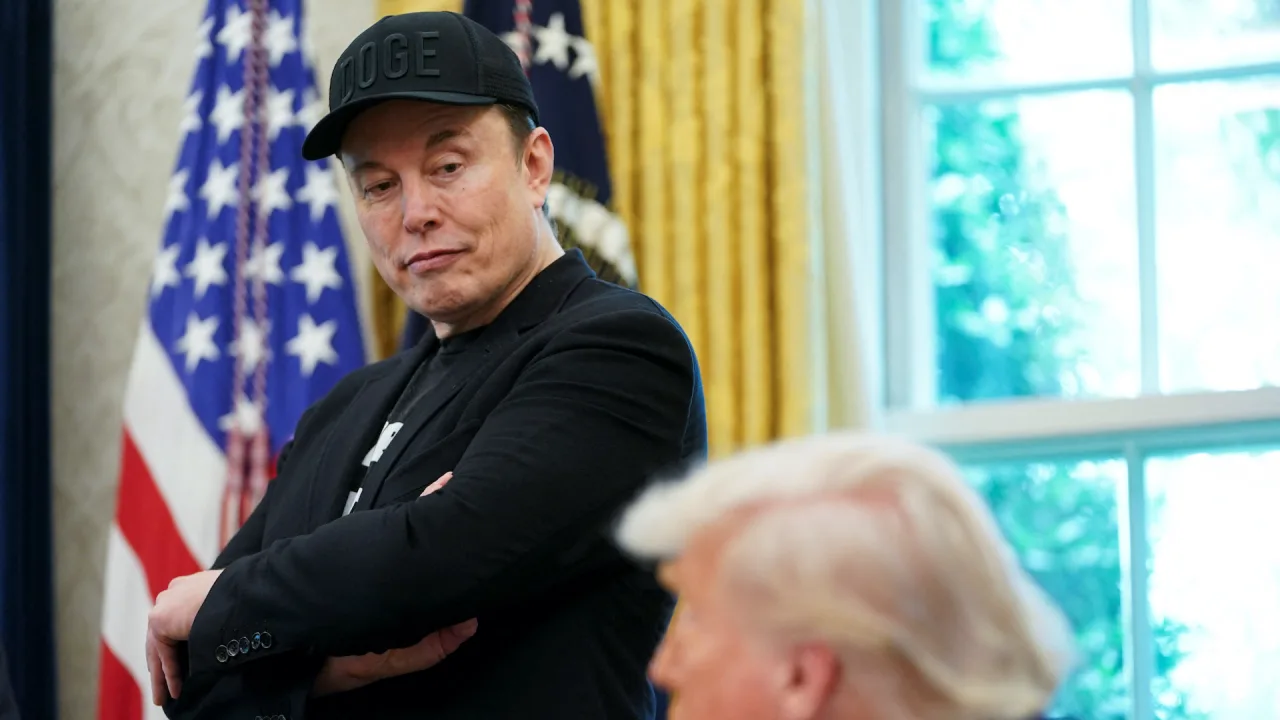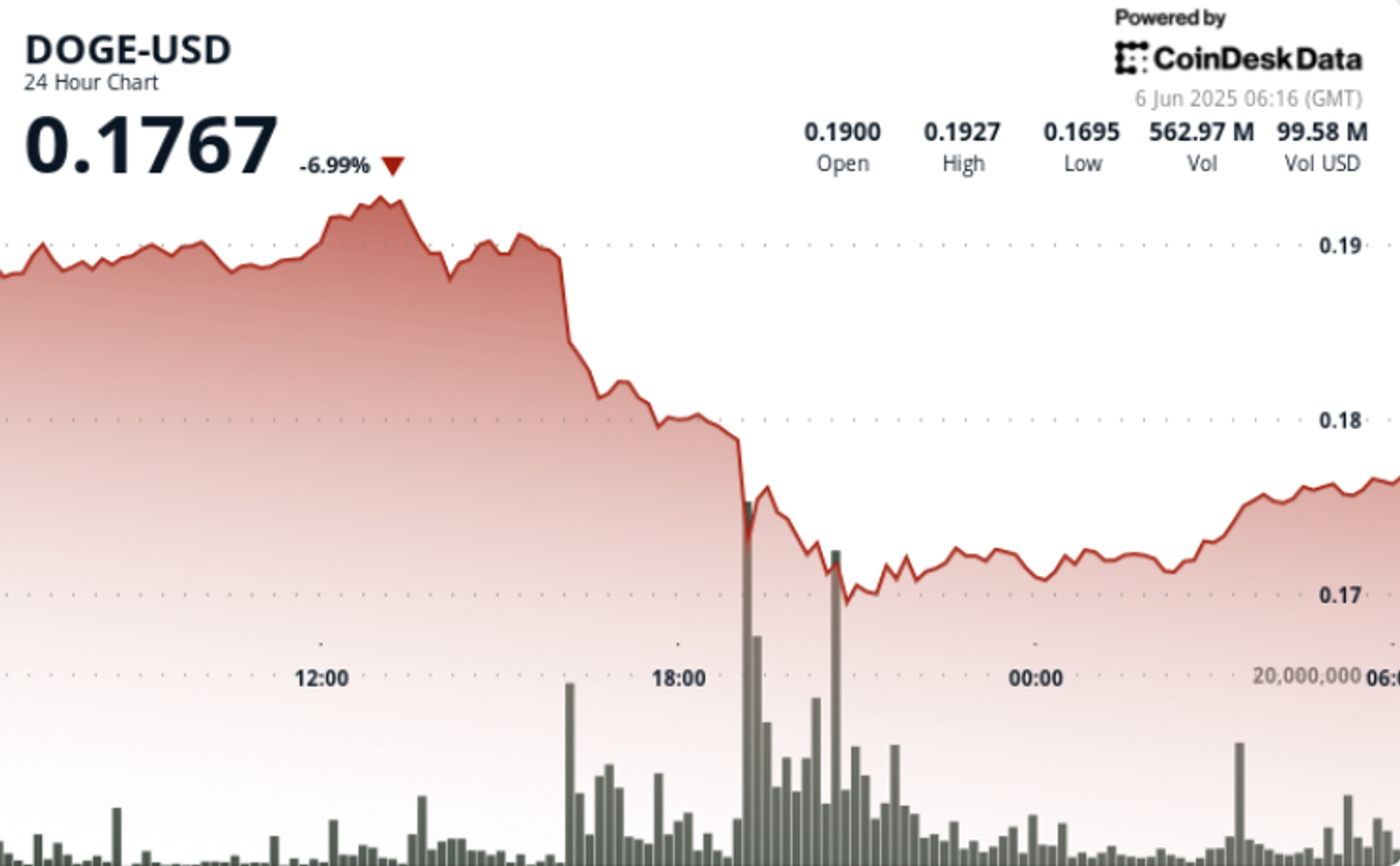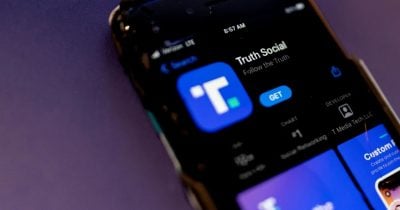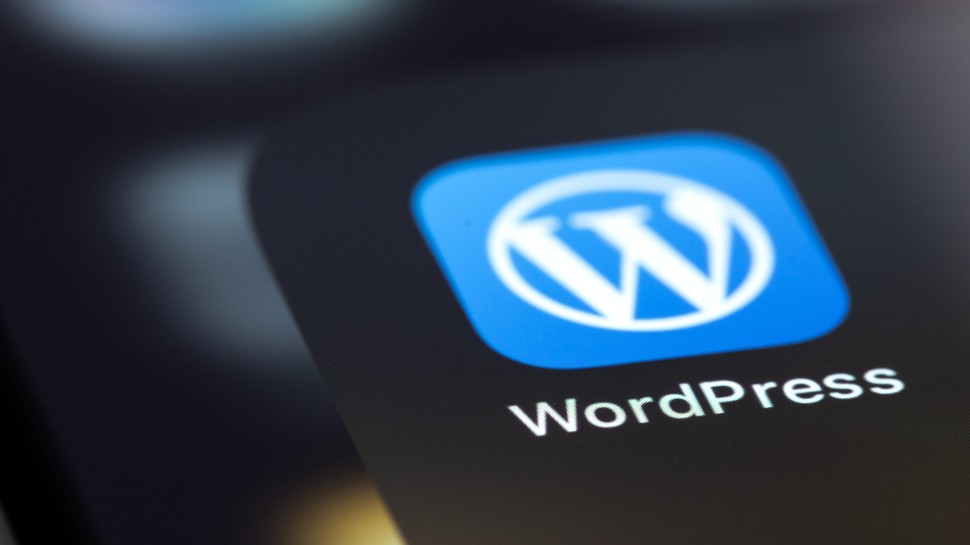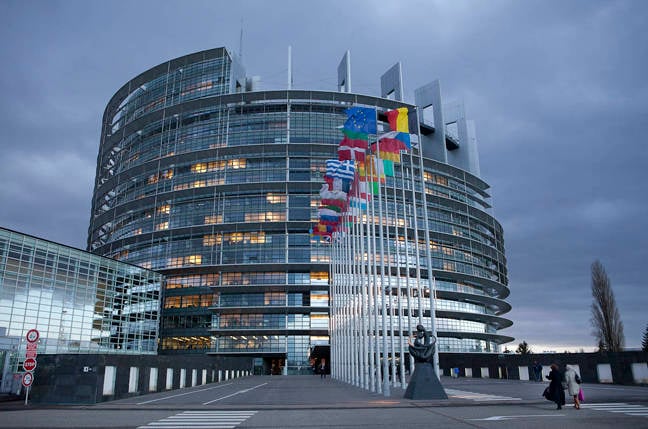Microsoft taps LinkedIn CEO for dual role leading Office in AI strategy shift
LinkedIn CEO Ryan Roslansky will take on a second role under a new Microsoft organizational structure, overseeing Office apps in addition to leading the business networking platform acquired by the Redmond company nine years ago. Microsoft is announcing the change internally Wednesday morning. As executive vice president for Office, Roslansky will be responsible for Outlook, Word, Excel, PowerPoint, and Microsoft 365 Copilot, while continuing as LinkedIn CEO. The move is intended to tap Roslansky’s product experience and strengthen the ties between Microsoft’s core platforms as it pursues its “agentic web” AI strategy. In the Office role, Roslansky will report to… Read More


LinkedIn CEO Ryan Roslansky will take on a second role under a new Microsoft organizational structure, overseeing Office apps in addition to leading the business networking platform acquired by the Redmond company nine years ago.
Microsoft is announcing the change internally Wednesday morning. As executive vice president for Office, Roslansky will be responsible for Outlook, Word, Excel, PowerPoint, and Microsoft 365 Copilot, while continuing as LinkedIn CEO.
The move is intended to tap Roslansky’s product experience and strengthen the ties between Microsoft’s core platforms as it pursues its “agentic web” AI strategy.
In the Office role, Roslansky will report to Rajesh Jha, Microsoft’s EVP of Experiences + Devices. Roslansky will still report to CEO Satya Nadella for LinkedIn.
Office leaders Sumit Chauhan and Gaurav Sareen will remain in their roles, according to the company, now reporting to Roslansky as part of the new structure.
Microsoft also said Charles Lamanna, who leads the Business and Industry Copilot team, will now report to Jha — shifting out of Scott Guthrie‘s Cloud + AI division.
The changes are not directly related to recent job cuts by Microsoft, according to people inside the company.
Microsoft Revenue by Product Segment
The changes consolidate Microsoft’s productivity and business applications under one division, aiming to create tighter integration among LinkedIn, Microsoft 365 (including Office apps), and Dynamics 365 as it develops cross-platform AI tools.
Microsoft’s reshuffling comes amid intensifying competition to integrate AI agents across different types of business software and cloud services, going up against rivals such as Salesforce, Amazon and Google.
The company acquired LinkedIn for $26.2 billion in 2016, but has let it operate largely independently, without the deep integrations seen across Microsoft’s other businesses.
Roslansky, who has led LinkedIn since 2020, guided the company through the pandemic and expanded its use of AI and skills-based tools.
LinkedIn generated $13.2 billion in revenue during the first nine months of Microsoft’s fiscal year, up 8% from $12.1 billion in the same period last year. It ranked as Microsoft’s fourth-largest business line by revenue, behind Server Products and Cloud Services ($70.6 billion); Microsoft 365 Commercial ($63.5 billion); and Gaming ($17.9 billion).







